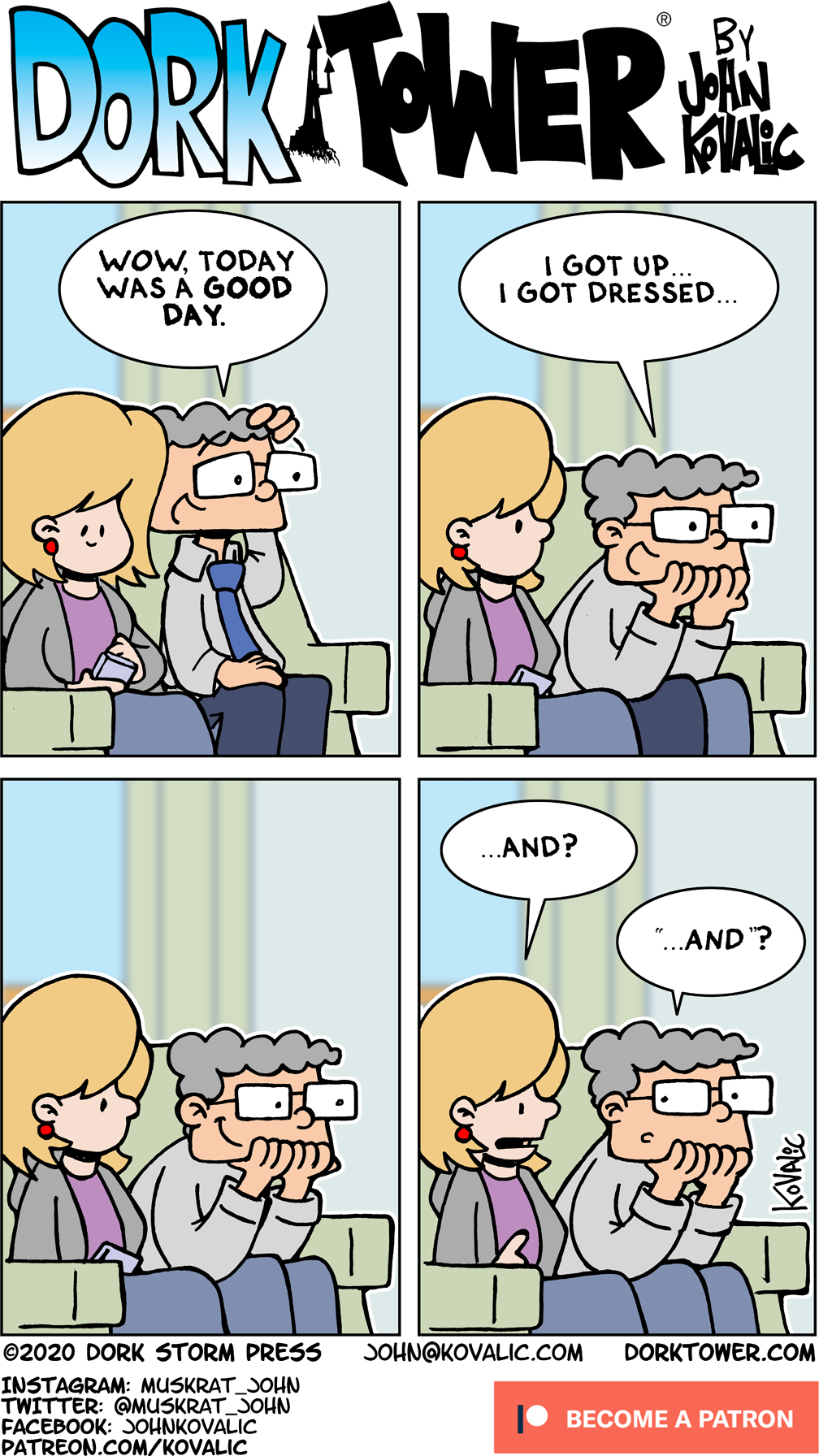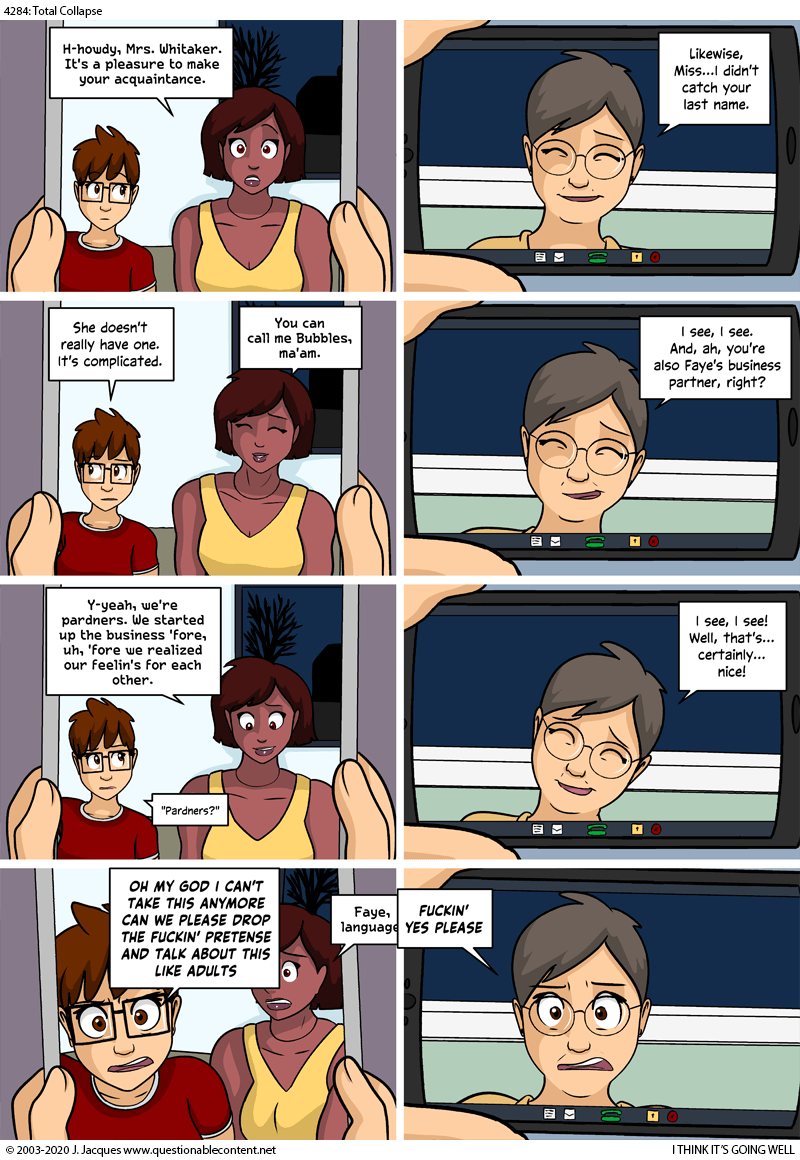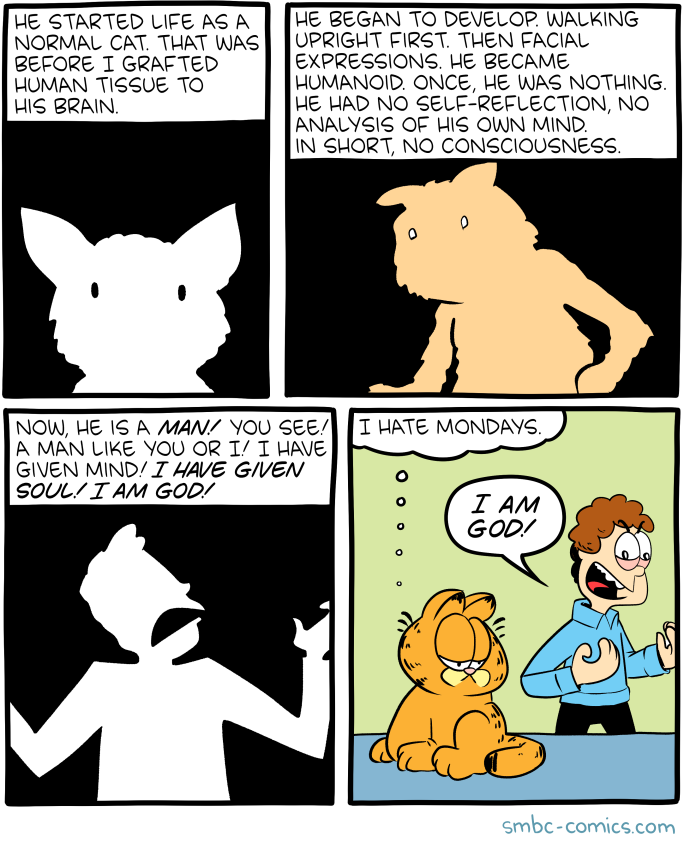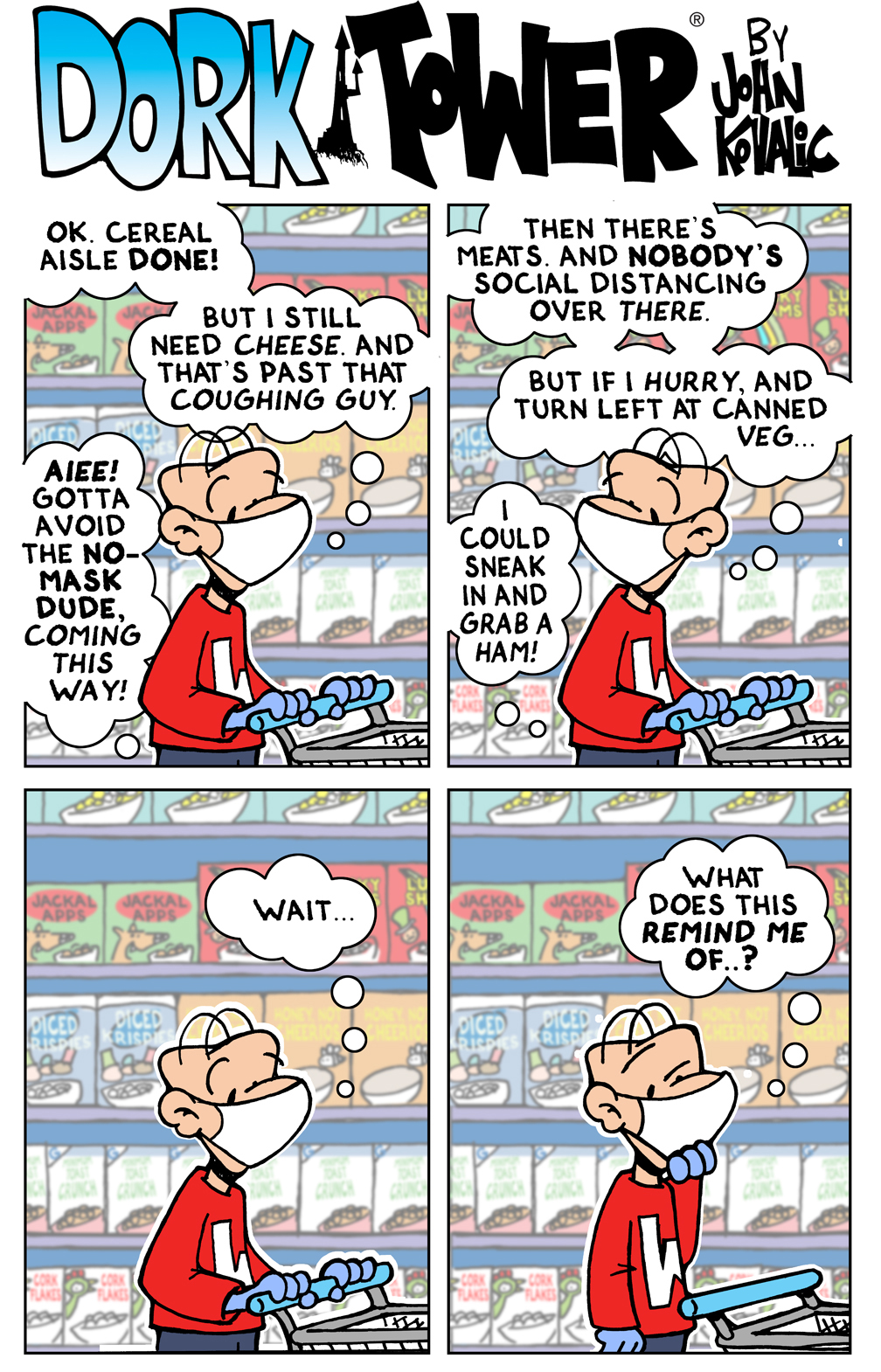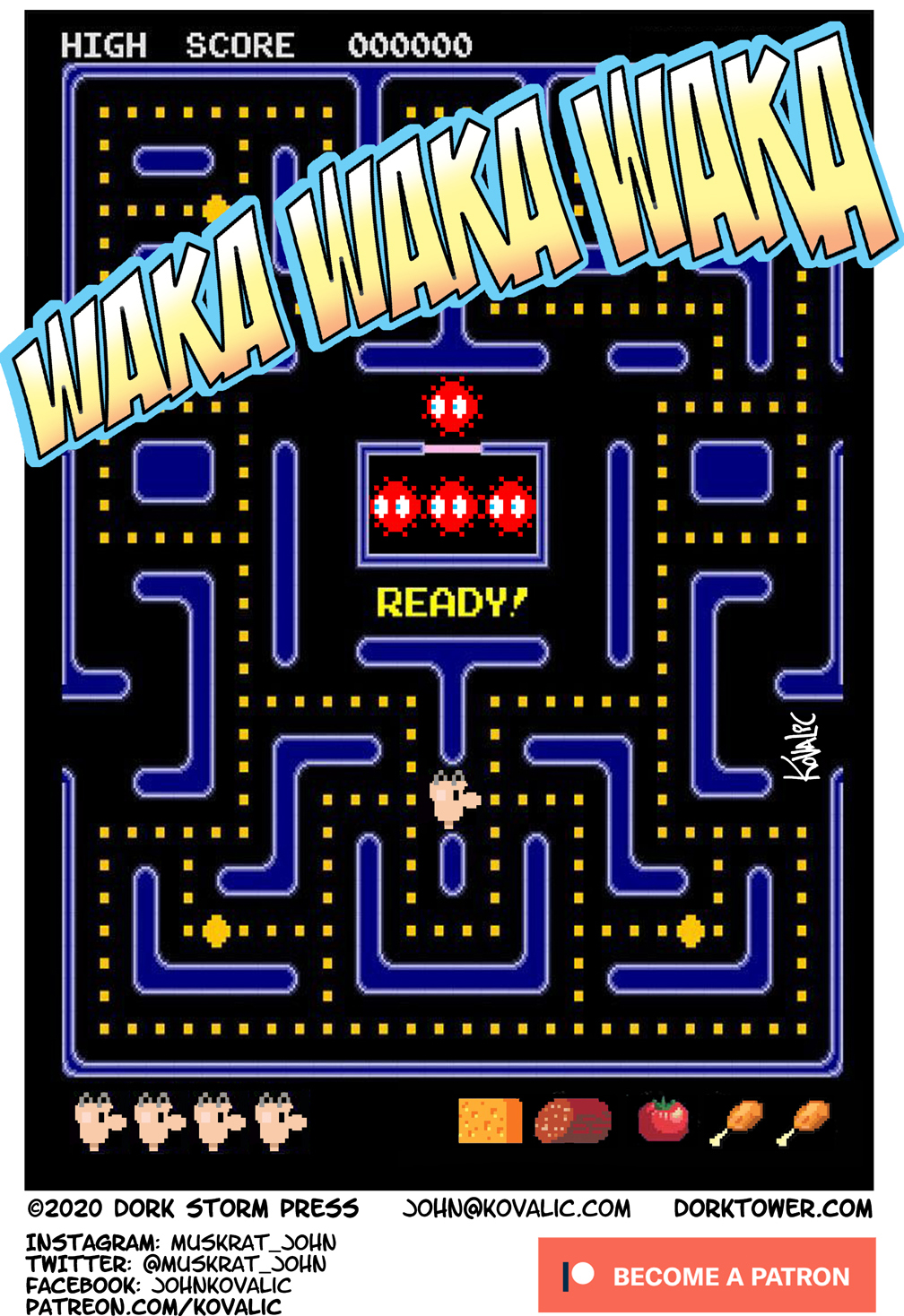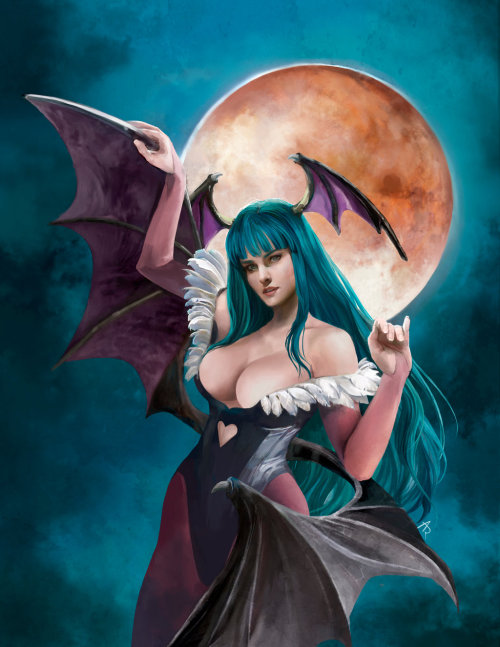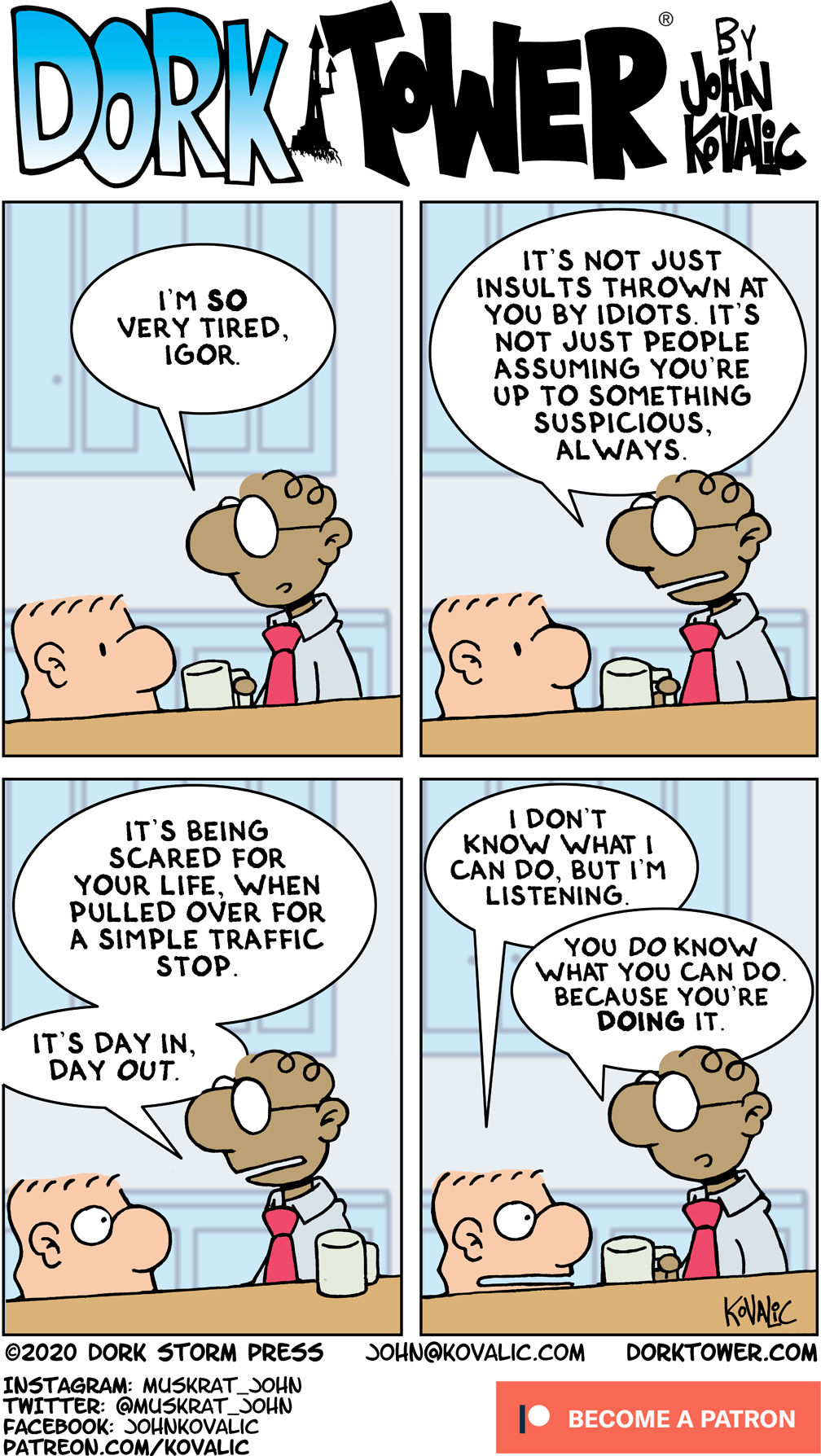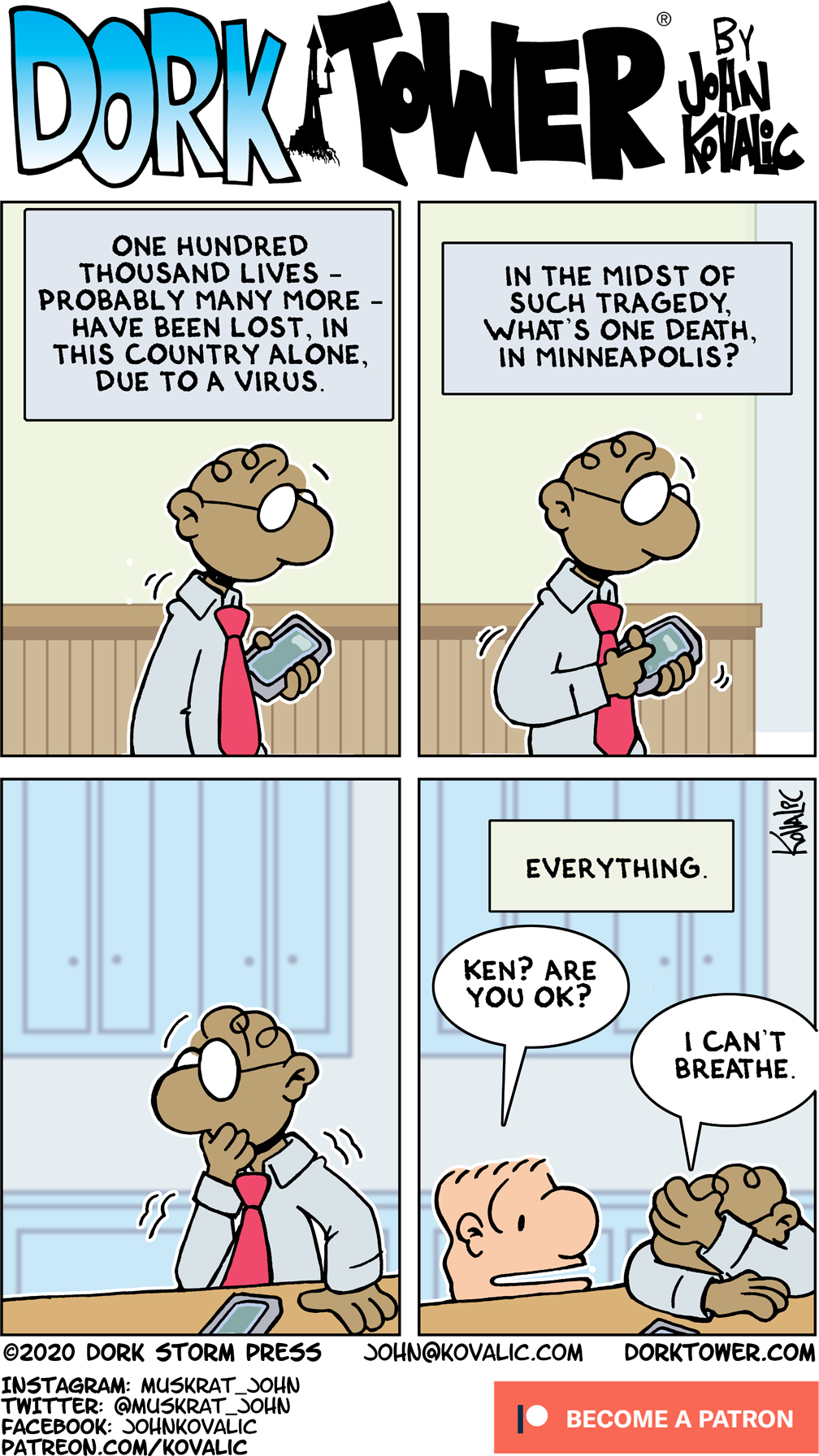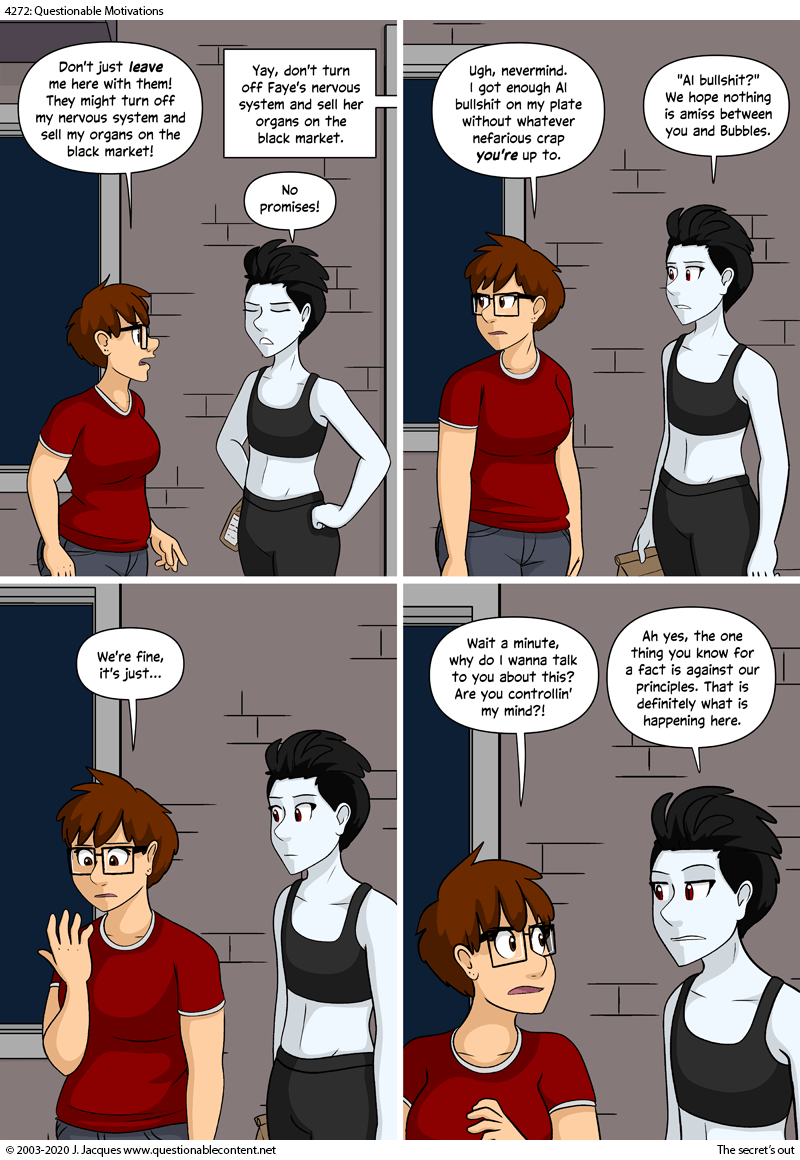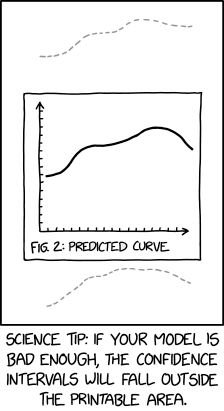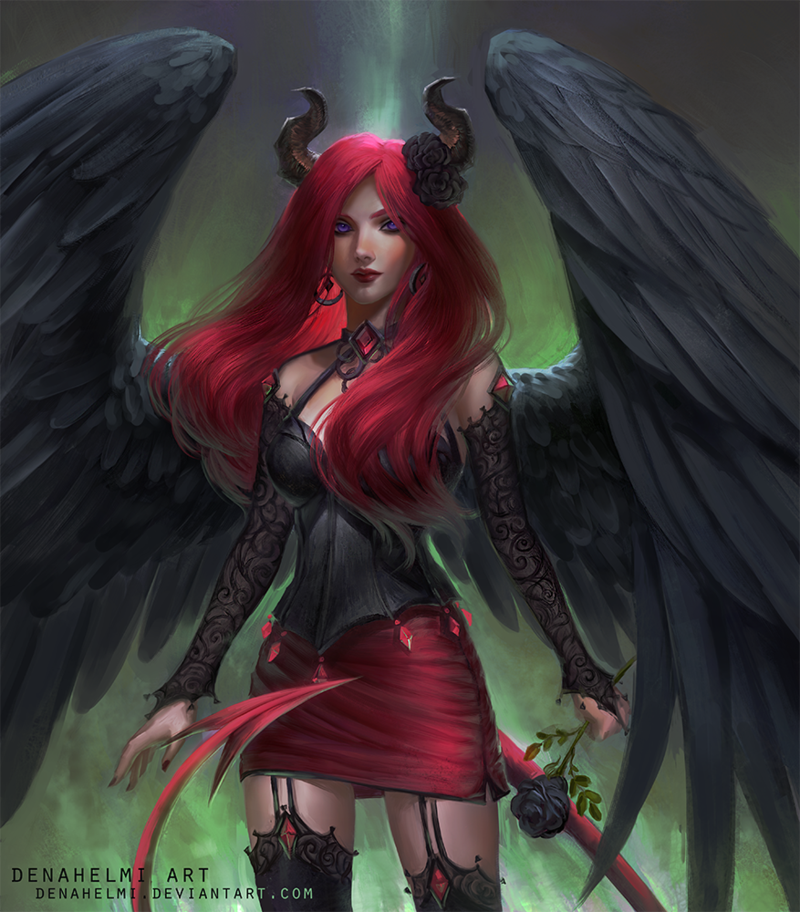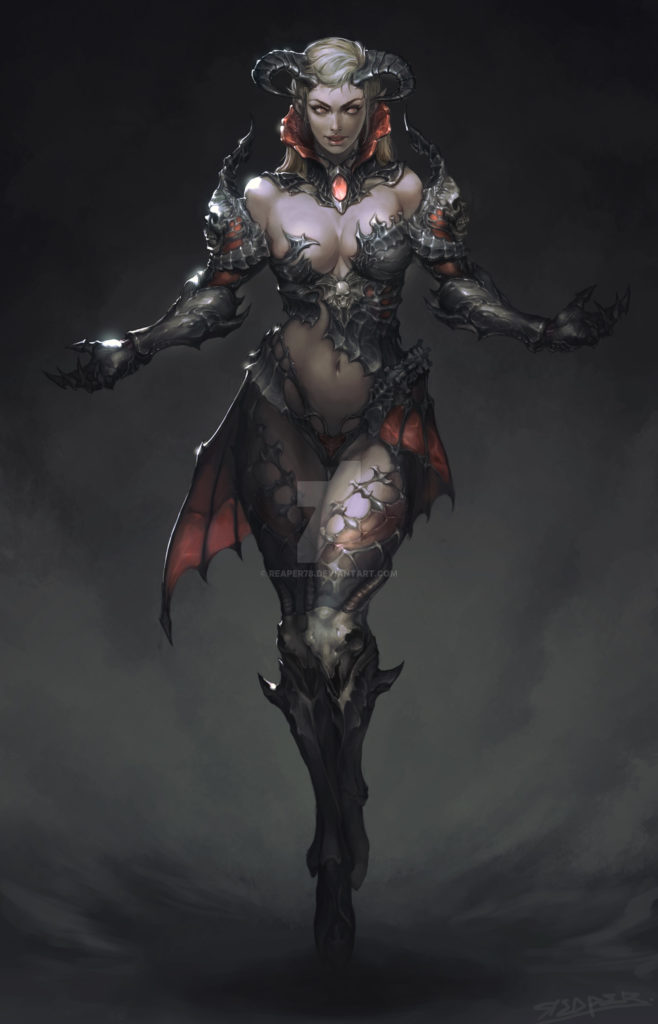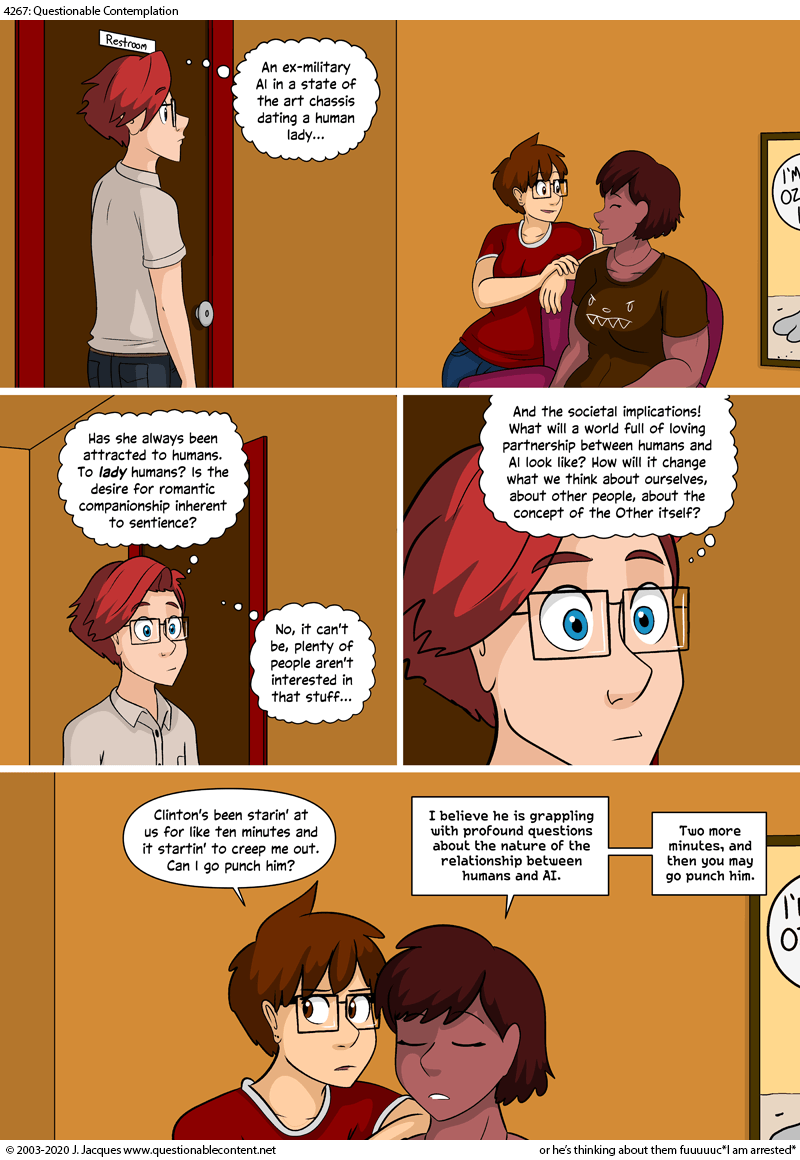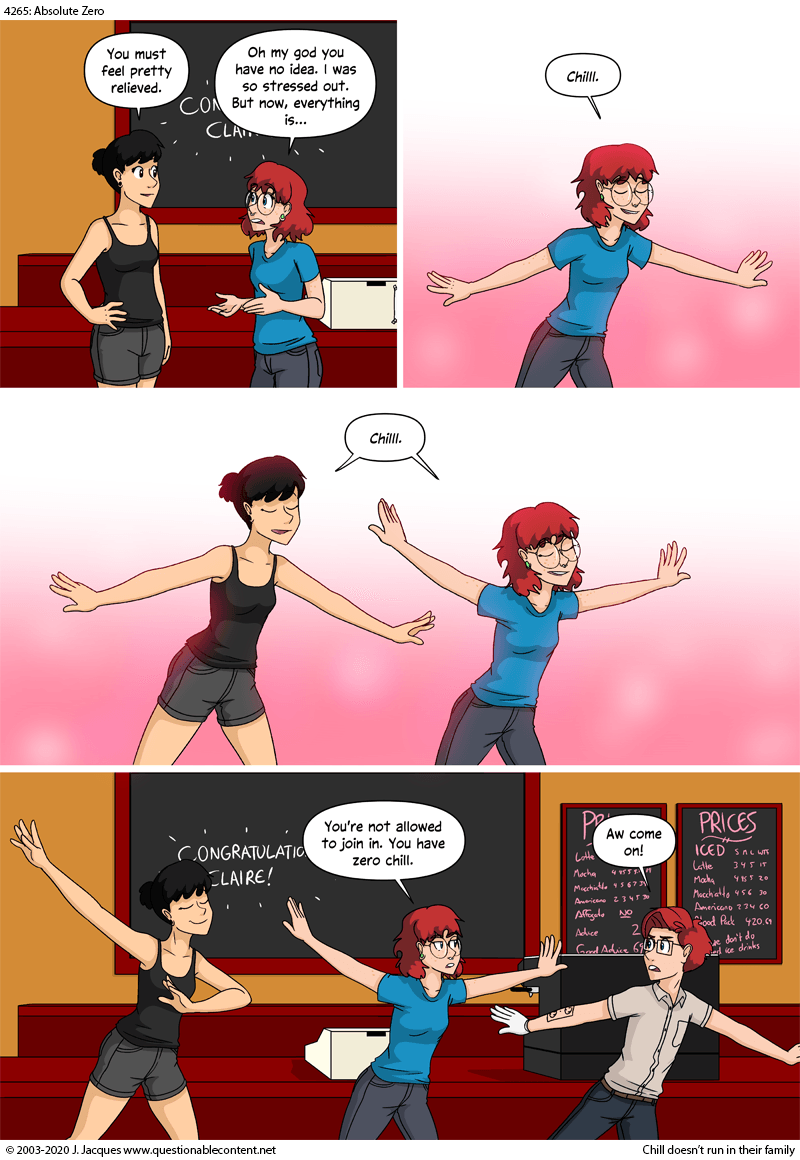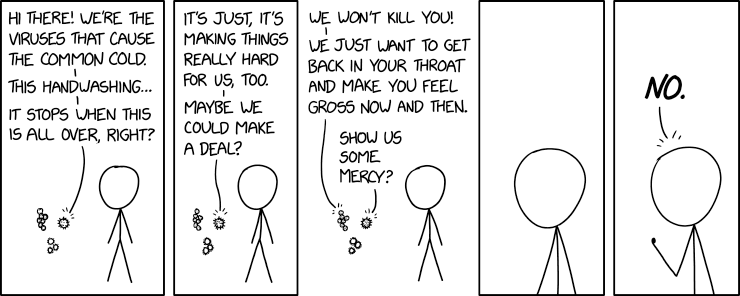Dork Tower is 100% reader supported. Join the Army of Dorkness today, and help bring more Dork Tower to the world! By becoming a Dork Tower Patreon backer, you get our everlasting gratitude (and also swag, commentary, bonus strips, and even more swag), but, critically, you’ll help us reach our next goal – three comics a week! HINT: we are VERY close!
Tindalostalbot
Shared posts
The opposite of helping.
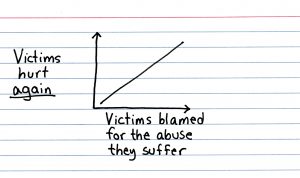
The post The opposite of helping. appeared first on Indexed.
Morrigan Aensland by scntlss by ppgrainbowAs found...

Morrigan Aensland by scntlss by ppgrainbow
As found at:
https://www.deviantart.com/ppgrainbow/art/Morrigan-Aensland-by-scntlss-759184823
Saturday Morning Breakfast Cereal - Cat
Supermarket Sweeps – DORK TOWER 05.06.20
Dork Tower is 100% reader supported. Join the Army of Dorkness today, and help bring more Dork Tower to the world! By becoming a Dork Tower Patreon backer, you get our everlasting gratitude (and also swag, commentary, bonus strips, and even more swag), but, critically, you’ll help us reach our next goal – three comics a week! HINT: we are VERY close!
Huntress and Hawkeye in: "Sister... Hacked!"
This is the sixth appearance on the blog featuring these heroic siblings.
They first appeared together in STF #505...
Next, they had a twisted family reunion in STF #1387...
which continued into the next issue, STF #1388...
Then they visited their parents in STF #1877...
And the last time, they ran afoul of gangs in STF #2625...
In fact, I think it's time they get their own label: Hawkeye/Huntress...
Listen… – DORK TOWER 01.06.20
Dork Tower is 100% reader supported. Join the Army of Dorkness today, and help bring more Dork Tower to the world! By becoming a Dork Tower Patreon backer, you get our everlasting gratitude (and also swag, commentary, bonus strips, and even more swag), but, critically, you’ll help us reach our next goal – three comics a week! HINT: we are VERY close!
Saturday Morning Breakfast Cereal - Undead
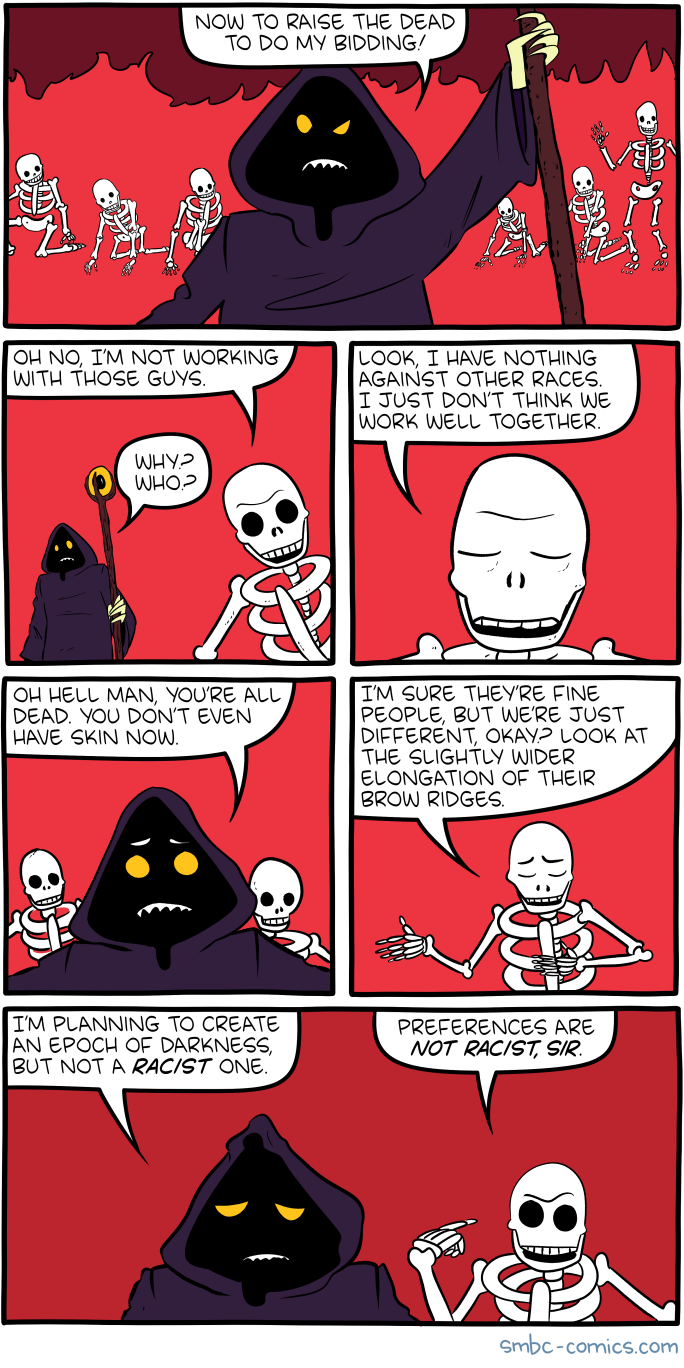
Click here to go see the bonus panel!
Hovertext:
Also he has way more than the standard 6 ribs per skeleton!
Today's News:
spiritualseeker77: It’s also conjunct the US ascendant, so these...

It’s also conjunct the US ascendant, so these energies will largely affect the US…Stay calm & grounded everyone, especially if you’re in the United States
Flash exhibit: Black Lives Matter
Post by Violet Fox and Alex Kyrios
Since the most recent death of an African-American man in police custody, protesters have gathered around the world to speak out in support of the Black Lives Matter movement. George Floyd is just the most recent name to be added to the list of Black lives destroyed by police brutality and racial discrimination. Here in the U.S., many librarians have been working to compile resource lists to shed light on the history and context behind the protests. We expect many works will be published about these protests, adding to existing literature about mass incarceration and racial discrimination in the criminal justice system, and the about the history of Black struggles for justice and peace. The books listed below are fundamental for understanding today’s protests; let’s explore where libraries are classing these works.
The new Jim Crow : mass incarceration in the age of colorblindness by Michelle Alexander describes how systemic racial discrimination lives on even after the civil rights movement reforms of the 1960s. The United States has the highest rate of incarceration in the world, and young African-American men have been imprisoned at a rate far higher than their percentage in the population. This book has been classed by LC at 364.973 Criminal justice—criminology—United States, but you can see from the OCLC Classify tool that about 25% of WorldCat records for this book have an alternate class number: 305.8960973, a built number representing the sociological aspects of African Americans.
Law enforcement in the age of Black Lives Matter : policing black and brown bodies, edited by Sandra E. Weissinger and Dwayne A. Mack, is a fascinating look into the policing of minority communities. Chapters include “The Psychological Impact of Policing on African American Students” and “Police Use of Force: Practices, Policies, and the Law,” as well as chapters reflecting on immigrants’ experiences with border police and Immigration and Customs Enforcement (ICE). Libraries have classed this book at 364.3496073 African Americans—criminal offenders. Despite the questionable “criminal offenders” wording being used in WebDewey to describe people being policed, this classification does appropriately focus on the people who are being policed, not the police themselves.
Invisible no more : police violence against black women and women of color by Andrea J. Ritchie documents years of police violence towards Black women and girls and women of color. Ritchie describes how racial profiling and aggressive enforcement of minor offenses lead to repeated interactions with law enforcement and can ultimately end up with abuse by the police causing the deaths of marginalized women. Libraries have classed this work at 363.232 Patrol and surveillance, which is where many works about racial profiling have been classed. “Police brutality” is also indexed there. Do we need more specific numbers in this area?
When they call you a terrorist : a Black Lives Matter memoir by Patrisse Khan-Cullors and asha bandele is the story of Khan-Cullors, one of the cofounders of the Black Lives Matter movement. From a difficult and impoverished childhood, Khan-Cullors emerges with the awareness that only through building community and speaking truth to power can the Black and queer community she loves survive. Take a look at the classification chart for this book from Classify:
Some libraries have classed this work in 323.092 Civil rights leaders, while others have placed it with 305.8960973, and another third have classed it outside of the DDC, with biographies. (Some libraries prefer to collocate biographies rather than adding T1—092 to different numbers.) While most books in WorldCat have a relatively clear consensus about where they should be classed, this chart demonstrates dissension.
To help librarians classify similar works in the future, we’ve made a few updates to WebDewey this week. We’ve added new built numbers: one for the 2014 protests in Ferguson following the death of Michael Brown, 323.1196073077865090512, and one for the 2020 protests in Minneapolis, 323.1196073077657909052. As we’ve seen in this post, there are several areas you should consider when classifying such works, so while these two new numbers are appropriate for works on the protests themselves, works focusing on the role of police should probably use a different base number. Unfortunately, the experiences of Michael Brown and George Floyd are not unique. WebDewey shows the components of these numbers, so you can use different Table 2 notation and Table 1 time periods for similar protests, e.g., Baltimore protests after the death of Freddie Gray 323.119607307526090512.
We’ve also mapped the LCSH “Black lives matter movement” to 323.1196073 African Americans—civil rights. As always, we welcome your comments and feedback, on this topic or any Dewey topic, at dewey@oclc.org. If you haven’t already, please see the post from OCLC Next on this topic.
An Eye Calls for a Sight Gag – Chapter 7, Act 4, Strip 89


THE DARK TOWER HAS FALLEN!
Which is a good thing, all told. Admittedly, the dark tower hadn’t even been mentioned up to now, but naturally it was the place where the evil force summoned from the beyond had taken up residence. Because, where else would it take up residence? It’s kind of hard to find a suitable flat if you’ve got no credit history and state your profession as “avatar of ultimate evil”. But landlords who have dark, gloomy towers full of foreboding, evil spirits and a general sense of despair to let are often quite flexible when it comes to potential renters – because they don’t get many of them. So, it’s kind of a natural match. Oh, and the visuals also work really well for a force of evil.
Speaking of visuals, that scene in LOTR where Baradur crumbles and falls is truly majestic and moving…but I still couldn’t fight the feeling that it was something of a wasted opportunity, as far as giving a shoutout to Tex Avery was concerned. I surely can’t be the only one who thought that. Or am I? Anyone? Bueller? Bueller?
On top of that…I’m not sure if I should be ashamed of the fact, but this gag is actually one of the oldest, so to speak. One of the very first ideas I had for this chapter, just after I had settled on a theme. My brain almost literally jumped from “Well, how about a fantasy/D&D theme?” to “There could be a scene where Baradur crumbles away underneath the eye of Sauron, and then it just hangs in the air until it looks down, like Wiley Coyote…” My muses aren’t fickle, but pretty weird.
Anyway, the metaphorical meaning of the scene is entirely intact, even if the visuals have been slightly altered: Evil has fallen and Good triumphs! Yay.
More on Thursday.
One More – DORK TOWER 28.05.20
Dork Tower is 100% reader supported. Join the Army of Dorkness today, and help bring more Dork Tower to the world! By becoming a Dork Tower Patreon backer, you get our everlasting gratitude (and also swag, commentary, bonus strips, and even more swag), but, critically, you’ll help us reach our next goal – three comics a week! HINT: we are VERY close!
Why are the disciplines within the 600s so disparate? An explainer
One question that people sometimes ask about Dewey is about why the 600s are a hodgepodge of seemingly unrelated topics. The caption of the 600 hierarchy is Technology, which makes it hard to understand how such disparate topics as medicine, engineering, cooking, child rearing, management, and construction would fit under one main class.
For the first 14 editions of the DDC, the caption for the 600s was Useful arts (as opposed to the 700s, labeled Fine arts). The categories of 600s in the first edition of the DDC are not too far removed from what exists currently in WebDewey; the divisions of the 600 hierarchy in 1876 were:
610 Medicine
620 Engineering
630 Agriculture
640 Domestic economy
650 Communication and commerce
660 Chemical technology
670 Manufactures
680 Mechanic trades
690 Building
As discussed in Philosophy of Technology and Engineering Sciences (page 47), the broad idea of "technology" was not a conceptual category when Melvil Dewey wrote the first edition of the DDC. Similarly, in a 1901 draft of the Library of Congress Classification, these topics were grouped together as "Useful Arts, Agriculture, Manufactures" in what would eventually become the "Technology" category.
In the contentious 15th edition (1951), the caption of the 600s was changed to Applied science, while in the next edition (1958), the caption was revised again, to Technology. Some interim editions have listed the caption as "Technology (Applied sciences)," but the caption has remained Technology through the current edition.
To focus on just one part of the 600s, Melvil Dewey and his wife Annie were closely involved in the development of the discipline of home economics. (Melvil was very interested in economy and efficiency, founding the very first library instruction program in 1887 at Columbia under the name School of Library Economy.) At the Lake Placid Conferences on Home Economics, held annually from 1899 to 1908 at the Deweys’ resort, attendees worked to define the concepts involved in the new discipline and founded the American Home Economics Association. They proposed different names to represent the different aspects of the field (including "euthenics" and "ecology") and worked to combat the marginalized position of home economics compared to other disciplines (primarily because it was seen as inconsequential and women's work). The attendees of the Lake Placid conferences even proposed a new additional provision for home economics in the DDC within the 300s, because sociology and economics were seen as having more prestige than home economics. You can read more about this fascinating history in the 2004 article "Classification and the Definition of a Discipline: The Dewey Decimal Classification and Home Economics" by Anne M. Fields and Tschera Harkness Connell.
Understanding this history gives us greater understanding of just how malleable our conceptions of categories and disciplines can be, even though they can feel locked in place by systems like the DDC. Does knowing that the captions were once "Useful arts" and "Applied sciences" help make the disciplines located within the 600s make more sense? Would changing the caption of the 600s to Applied sciences (or something else) make it easier for users to find works? Let us know what you think!
This is the latest post within my series discussing frequently asked questions about Dewey. Previous posts have included:
For hermits, every day is casual Friday.
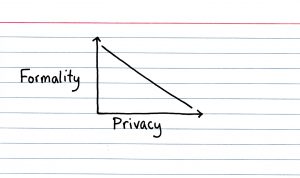
The post For hermits, every day is casual Friday. appeared first on Indexed.
Holidays & Days of Note for May 25, 2020* Memorial Day...

Holidays & Days of Note for May 25, 2020
* Memorial Day (number of countries)
* Eid al-Fitr (End of Ramadan)
* Geek Pride Day
* Labor Day (Jamaica)
* National Missing Children’s Day
* Jefferson Davis Birthday (Mississippi)
* African Freedom Day (multiple countries)
* National Tap Dance Day (U.S.)
* Towel Day (in honor of the work of the writer Douglas Adams and the Hitchhikers Guide to the Galaxy.
* Star Wars released in theaters in 1977.
& Day in 1925 that John T. Scopes was indicted for teaching Charles Darwin’s theory of evolution in Tennessee.
EPC 142B exhibits available for review
Three new proposals to revise Dewey are now available for public review at oc.lc/deweyexhibits. These exhibits will be part of EPC meeting 142B, and the Editorial Policy Committee will review and vote on them in July. The proposals now available are:
- EPC 142B-S20.1 Witchcraft
- EPC 142B-S28.1 Pentecostalism
- EPC 142B-S79.1 BASE jumping
The editorial team has a few more exhibits in the works for this meeting, which we'll post to oc.lc/deweyexhibits when they're ready for review.
We're happy for any feedback, whether positive or negative; feel free to provide comments on this post, in the Dewey Contributors Google Group, or by email to dewey@oclc.org or an EPC member.
Succubi Image of the Week 642
There are some works of Succubi art in which they show more than just a seductive character. There are some works of art in which the character themselves, in their expression and pose, make it so very clear that they are not someone to be trifling with. Mood is a very important part of setting the tone of a work of art and this week’s image I think does that very well…
This art is by the artist DenaHelmi on DeviantArt and you can find the original page where I found this work here.
There’s just so much wonderfulness in this art… I adore her red hair, her pose and expression is both poignant and telling. A perfect choice of clothing that fits her well and gives just the right seductive look by far. I also appreciate her feathered wings, a rare thing in Succubi, her lovely tail and how her horns work perfectly with the rest of her form.
Just a delightful work and more…
Tera
Succubi Image of the Week 639
Time for a delightful Morrigan Aensland artwork for the Succubi of the Week… Morrigan is, really, more than her cleavage and I think that this week’s art is a really well done portrait/pose of her…
This work is by the artist zoeragez on DeviantArt and you can find the original page where I found this art here.
Lovely detail in Morrigan’s hair, her eyes and her wings are really well done. It’s an interesting pose as well which lends itself to showing Morrigan’s form and not really focusing on her cleavage which I do like very much…
Tera
Succubi Image of the Week 637
An amazing piece of Succubi art this week on the Tale… The idea of “warrior succubi” is interesting and it’s how that idea is translated that can be a very tricky thing. Perhaps it’s more accurate to say that the balance between seduction and protection is a balancing act… and art.
This work is by the artist reaper78 on DeviantArt and you can find the original here.
Just amazing detail which really brings out her form and character well. A rather piercing expression that is striking and fits with her pose and action. While her armour isn’t practical, that’s less important than her form being seductive, which comes through really well. She’d make for a unique D&D character…
Tera
